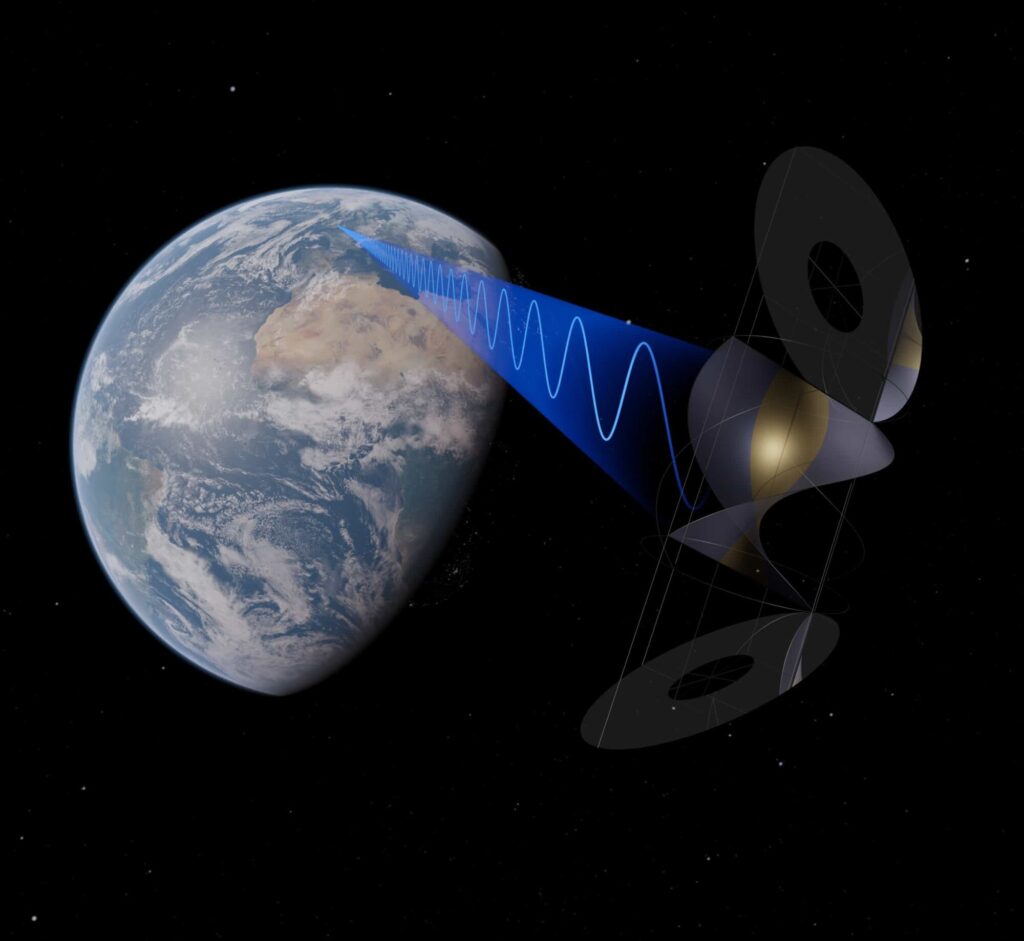British company Space Solar plans to provide residents of Iceland with solar energy from space by 2030. If successful, this could be the world’s first demonstration of a new kind of renewable energy source.

The project, announced on October 21, is being developed by Space Solar, Reykjavik Energy and Icelandic sustainability initiative Transition Labs. It aims to launch a demonstration space power plant that will transmit 30 megawatts of clean energy to Earth by 2030. That’s enough to power about 3,000 houses.
The satellite will weigh 70.5 tons, have a width of about 400 meters (including solar panels) and will be in medium Earth orbit at an altitude of 2,000 to 36,000 km.
By 2036, the partners want to build a fleet of six such space-based solar power plants capable of providing gigawatts of clean electricity to users on Earth 24 hours a day, seven days a week, regardless of the weather. Space Solar is going to use Starship to launch them. Each vehicle will be launched in a single launch and will have a modular design, which will make it possible to create space power plants of different sizes.
Space Solar reports that it will cost $800 million dollars to develop and produce the pilot station. The system would produce electricity at about a quarter of the cost of nuclear power — $2.25 billion per gigawatt — making it competitive with Earth-based renewable sources. Compared to photovoltaic and wind turbines on the Earth’s surface, orbital power plants will not suffer from downtime, a major disadvantage of traditional renewable energy sources. They will generate electricity continuously, regardless of the time of day or weather conditions.
Project participants are currently looking for sites to build ground receiving antennas that will collect energy transmitted as high-frequency radio waves and convert it into electricity to feed into the grid.
A number of countries, including Japan and China, are also going to build space power plants in the coming years. In February, US company Virtus Solis announced plans to launch a space-based demonstrator in 2027. This project will also rely on Starship and will provide about 1 megawatt to users on Earth.
Earlier we told you about whether Martian colonists would have enough energy to live.
Provided by Space.com


